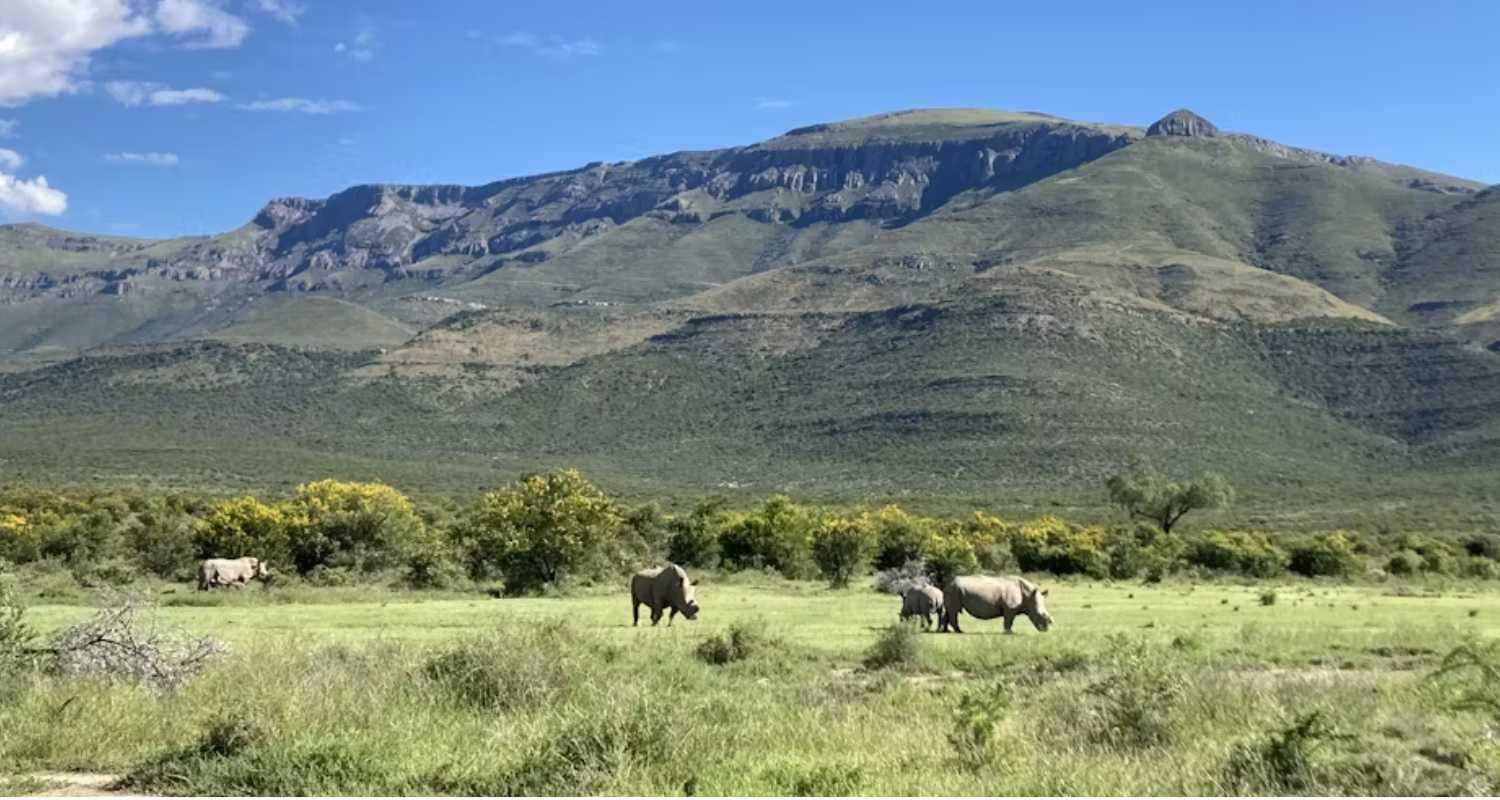Standing tall amidst the sun-baked bush of southern Africa, the silver clusterleaf tree, aptly named Terminalia sericea, paints a striking picture. Cloaked in shimmering silver foliage, it offers more than just aesthetic appeal, but also serves as a valuable ecological and cultural asset.
It is a small to medium-sized deciduous tree which grows up to 9m, but individual trees have been seen to reach 23m in height. It is part of the Combretaceae family that occurs in tropical and sub-tropical regions and on the plateau, from Tanzania and the DRC southwards.
They almost always grow in sandy soil and may be dominant in open woodlands. It is a pioneer species, easily becoming established in previously unwooded areas, and they may form dense shrubby thickets. It may also grow as a dominant or co-dominant species in mixed deciduous forests such as Brachystegia, mopane, Combretum or Senegalia (Acacia) forest. It is often found growing with mopane and bush willows.
The trees’ true magic lies in its leaves, adorned with a dense layer of silvery hairs. These hairs reflect sunlight, lending the tree its characteristic shimmer, and cooling it down in the scorching heat. The leaves are crowded at the ends of branches. It needs full light to grow well and tends to shade out weeds, so its presence helps climax species to become established. It has been used in land improvement and to control erosion. The leaves are shed in autumn.
The flowers of the clusterleaf are pale yellow to creamy white. It flowers mostly from September to January. The fruit is an oval nut surrounded by a flat wing. Unlike their close relatives the Combretum genus, the Terminalia genus has two-winged pods (as opposed to four-winged pods). These are pink in colour and persist on the tree for a long time in a dried-out form.
The silver clusterleaf is the key identifying feature of seep lines. These are water-saturated bands of veld that run along the contours of slopes. Underground water moving down the slope hits an impermeable layer (bedrock or dense clay) and is forced to the surface to form a seep line. The silver clusterleaf can deal with the waterlogged conditions and quickly colonises the area. Seep lines are vital during dry times as they provide greenery for animals in the dry season.

The silver clusterleaf is often parasitized by a gall-making wasp. The wasp stings the tree with a growth hormone which causes the tissue in a localized region to expand forming a hard acorn-sized gall. These are often mistaken for fruits. The wasp lays her eggs inside this gall which acts as a safe haven for the developing larvae. The tree is also a larval host plant for the guineafowl butterfly (Hamanumida daedalus). The fruits are often parasitized, and form deformed masses of long, thin, rusty haired structures.
Humans have long recognized the value of the silver clusterleaf, weaving it into the fabric of their lives. Indigenous communities hold it dear for its medicinal properties, the tree serves as a natural pharmacy. The leaves and roots are boiled in water and the infusion is taken orally for the treatment of coughs, diarrhoea, and stomach-ache. The root is used medicinally in lotions and potions that treat stomach disorders, pneumonia, or eye ailments. The leaves can be used as an antibiotic for wounds. In the case of bleeding, a paste can be made by cooking the leaves in water and placing them on the wounds. Extracts of the bark contain tannin and are used in tanning leather or for treating wounds and poisonings. It is sometimes also implicated in diabetes treatments.
The hard-grained, termite-resistant timber finds use in construction, tool handles, furniture, and even fencing, making the silver clusterleaf a crucial resource for local communities. It is used for firewood and the making of charcoal. The bark has been used to make ropes and is also pounded to produce a substance for waterproofing boats. The bark of the silver clusterleaf peels back from the plant very easily and in long strips. This makes it ideal for braiding into strong rope or twine. The silver hairs on the leaves provide ideal glazing material and indigenous cultures apply the leaves to their clay pots before they are fired to get a glazed effect. The leaves are eaten by cattle during the dry season when the grass becomes unavailable.
This interwoven relationship between people and plant highlights the deep respect for nature inherent in traditional cultures. So, the next time you encounter this magnificent tree, take a moment to appreciate its beauty, its ecological significance, and the cultural tapestry it weaves.











